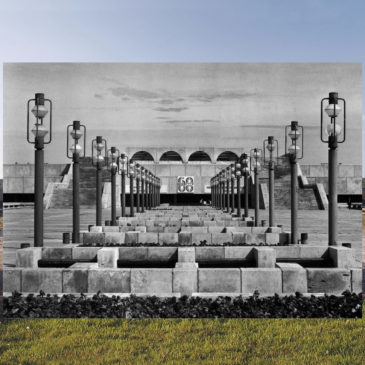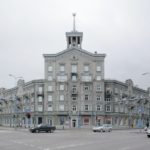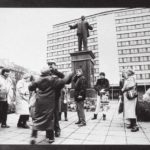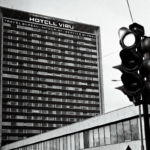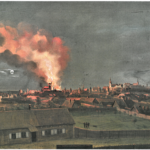The Moscow Olympics of 1980 were not just a global sporting spectacle; they were an opportunity for the Soviet Union to showcase its architectural prowess. Tallinn played its part in this grand narrative as the host city for the sailing events. Decades later, the legacy of those monumental Soviet architecture projects still graces the cityscape. Let’s take a journey through modern Tallinn to discover its intimate connection to the Olympic Games.
Featured Image: Estonian Architecture Museum
1. Pirita Yachting Centre
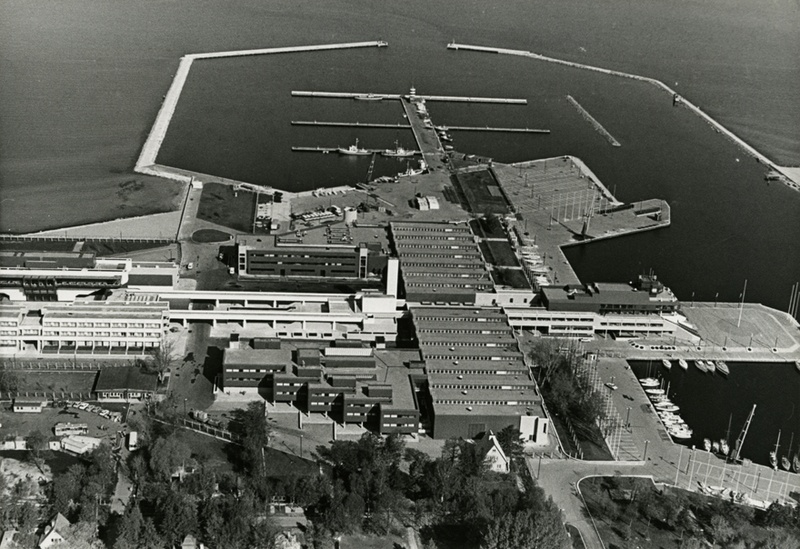
Aerial shot of the Pirita Olympic Centre (Ajapaik)
What better place to start than the Olympic Yachting Centre (Olümpiakeskus), the main hub of the Olympic games in Tallinn. This venue was specially constructed for the sailing events and remains largely unchanged today. The Pirita Olympic Hotel is probably the most striking part of the old Olympic village. It took around four years to construct and was the main accommodation for athletes and officials. From a distance, this complex almost resembles a giant ship, the Soviet-style balconies adding a touch of 1980s nostalgia.
In the modern day it is still possible to book yourself into the Pirita Spa Hotel for a Soviet-style getaway. I’m pretty sure the rooms have been renovated since 1980 though!
2. Moscow Olympic Logo
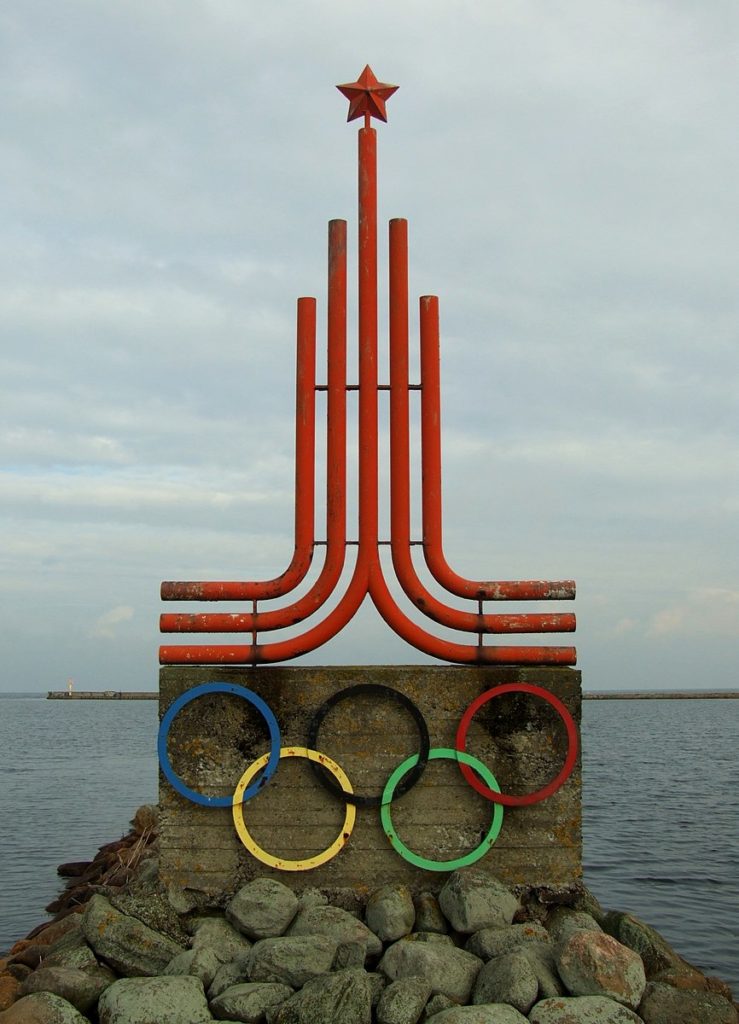
Yes, you read that right, a statue of the Olympic logo still exists in the Pirita Yachting Centre! It can be tricky to find, but search the territory carefully and you will notice that the Olympic logo was never removed. The logo itself was a distinctive and symbolic representation of the event. The logo was designed to capture the essence of the Olympics while incorporating Soviet imagery. The central column represents the Spasskaya Tower, one of the iconic towers of the Moscow Kremlin.
It may seem surprising that this obviously Soviet symbol has survived in modern Tallinn. However, many people have said that the 1980 Olympics is one of the only times Estonia actually benefitted from being part of the Soviet Union.
3. The Olympic Flame

Another iconic image from the Moscow Olympics in Tallinn is the cauldron for the Olympic flame. The torch travelled a long and carefully planned route through various cities and regions of the Soviet Union in the build-up to the Olympics. The aim was to showcase the unity and diversity of the countries. Tallinn, one of the host cities, was a significant stop on this route. Once lit, the flame burned here throughout the Olympic events.
4. Linnahall (V. I. Lenin Palace of Culture and Sport)

Probably the most striking remnant of the Moscow Olympics in Tallinn is Linnahall, an imposing concrete structure just a stone’s throw from Old Town. The original named was “V. I. Lenin Palace of Culture and Sport,” (very catchy). Resembling a futuristic fortress, this building featured theatres, a concert hall, and an ice rink.
Interestingly, Linnahall wasn’t actually needed for the Moscow Games but the extra money that was pumped into Tallinn gave city officials the opportunity to let their imagination run wild and get planning permission for projects that would normally never get off the ground. Today, Linnahall stands as the only abandoned building on our list.
Explore Soviet Tallinn with Me!
If you’re curious to dive deeper into Tallinn’s Soviet past, why not explore it with me on a private walking tour? We’ll visit key locations, uncover hidden stories, and get a real sense of what life was like behind the Iron Curtain. Whether you’re a history buff or just love discovering the past in a personal, engaging way, this tour is designed to bring the Soviet era to life. Book your private Soviet Tallinn tour below!
5. Pirita Highway
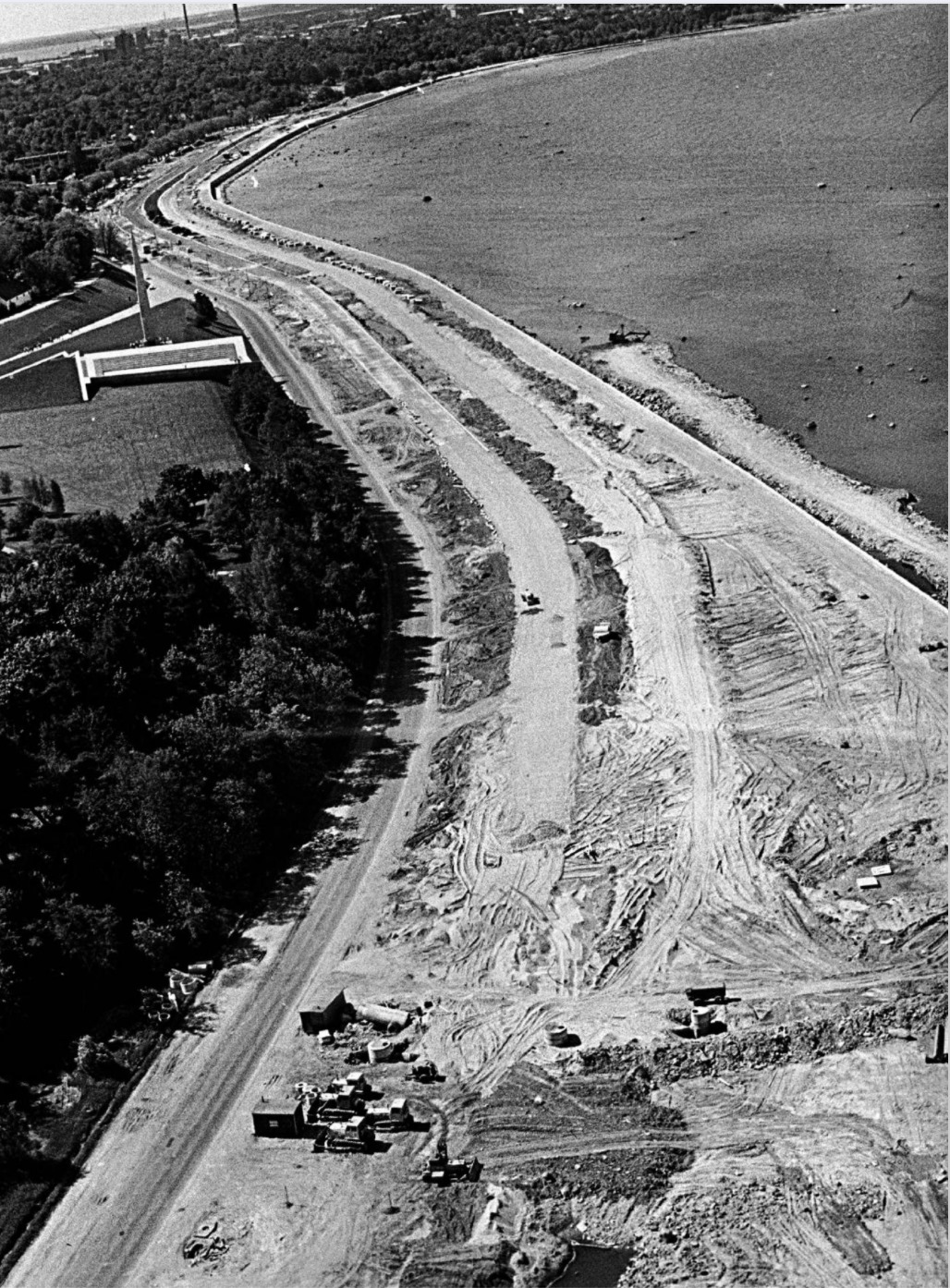
Yes, the highway we all take for granted today was born in 1980. Pirita Highway played a crucial role in facilitating transportation to and from the Pirita Yachting Center, which was 3km away from Old Town. Most of us immediately go to the Brutalist Soviet architecture when talking about the Moscow Olympics but let’s not forget that Tallinn also received a huge upgrade in infrastructure as well.
6. Hotell Olümpia


1980 vs Today
By the Soviet standards of the 1980s, Hotell Olümpia was a futuristic masterpiece. When we look at those 1980 images today, perhaps it doesn’t look so futuristic. Nonetheless, this is another great example of surviving Soviet architecture in Tallinn today. While the Pirita Hotel became the hub for the athletes and officials, the 28-storey Hotell Olümpia hosted the international guests and fans during the games.
7. Tallinn TV Tower

Although not directly related to the Moscow Olympics, Tallinn TV Tower was added to the Olympic building projects to gain easier access to funding and materials. Consequently, official instructions diverted many of the construction materials meant for the Vilnius TV Tower to Tallinn instead. This ensured that the TV Tower was ready by 1980 but delayed the construction in Vilnius by a year. When opened in July 1980, Tallinna Teletorn had some of the most advanced broadcasting technology in the Soviet Union. Despite not being an Olympic building project, it’s proximity to the games has earned it a place in our list. Plus, let’s be real, it’s easily the coolest building in the city!
8. Tallinn Airport
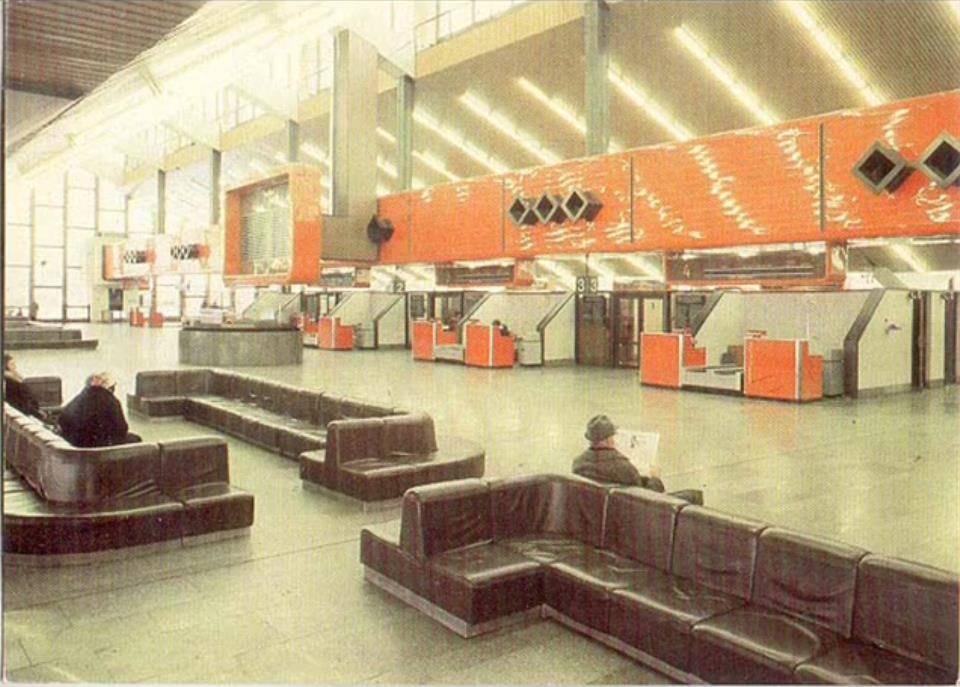
Prior to 1980, the main terminal of Tallinn airport was the grey Stalinist structure that you can see next to the main building today. The new terminal was designed by the Moscow Airport Design Office and constructed in the late 1970s to handle the increase in international flights to Tallinn. Additionally, they included some swanky design elements to create a good first impression for the large numbers of first-time visitors to Estonia. The airport has been modernised several times and in recent years it has won several European awards.
9. Tallinn Old Town

Old Town in 1975 (Estonian World)
In the 1970s, Old Town was in rough shape. With the eyes of the world coming to Tallinn it was clear that officials needed to be done to improve the condition of its medieval centre. Expert restorers came to take care of the neglected Old Town buildings, adding more than just a lick of paint to their crumbling facades. Workers even converted tarmac roads back into cobblestones to add to the medieval aesthetic! All in all, the Moscow Olympics brought a much-needed facelift to Old Town. We are still reaping the benefits of the excellent restoration work today. Suur Rannavärav is a nice example of the restorers handywork.

